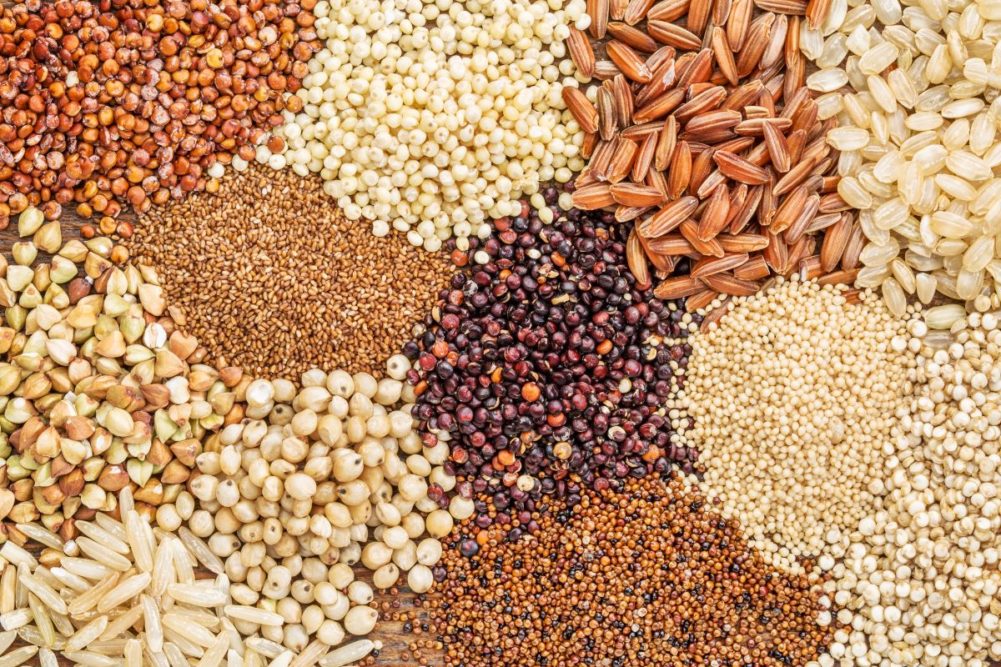 In a few weeks hundreds of purchasing executives and suppliers will gather in Kansas City for the 45th annual Sosland Publishing Purchasing Seminar. While trying market conditions have prevailed at many past seminars, often because of tight supplies or menacing weather, it’s apparent the range of uncertainties and threats overhanging markets this year is without precedent.
In a few weeks hundreds of purchasing executives and suppliers will gather in Kansas City for the 45th annual Sosland Publishing Purchasing Seminar. While trying market conditions have prevailed at many past seminars, often because of tight supplies or menacing weather, it’s apparent the range of uncertainties and threats overhanging markets this year is without precedent.
Forces making conditions difficult this year begin with prices of most ingredients at multi-year highs. Facing historically high prices creates heightened risk-management challenges with the possibility of both wide price advances and steep price declines requiring consideration. While high prices in the past generally have corresponded with a severe tightening of ending stocks, circumstances this year are not as simple. Global ending stocks of total grains in 2022 were projected in April at 739 million tonnes, barely down from 740 million in 2021 and up from 735 million in 2020. Bakery shortening prices have neared all-time highs, but vegetable oils ending stocks in 2022 were projected at 26.1 million tonnes, versus 26.7 million tonnes — hardly a dramatic tightening.
Veteran purchasing executives have endured tightening of grain stocks far more dramatic than currently projected, but no one has witnessed and navigated a deadly conflict like the one being waged between leading exporters of grains and oilseeds. Russia’s invasion of Ukraine has raised numerous questions, some difficult to imagine just a few weeks ago. Will crops in Ukraine successfully be harvested? Will grain shipments from Ukrainian ports be possible? Will the United States ship large quantities of grain to alleviate hunger in Africa? To what degree might shortages in those regions be alleviated by the apparent theft by Russia of Ukrainian grain and shipments to the Mideast? Severe sanctions imposed against Russia raise an equally large number of vexing questions about trade in Russian grains and fertilizer.
Beyond the war, weather concerns lurk. A brutal winter across much of the US Southwest has led millers and ingredient buyers to conclude hard red winter wheat production in 2022 will fall shy of expectations. Severe heat and wind last week exacerbated conditions across the region. Excessive dryness has persisted in many key growing areas globally in recent weeks while conditions have been far too wet in US and Canadian spring wheat areas as well as in Australia. While time remains for prospects to improve in the US Corn Belt, conditions have remained consistent with those described for months by meteorologist Drew Lerner, who has cautioned that chances are high the corn crop will experience drought this summer.
In creating a difficult market environment, the war and rare confluence of bad weather in so many key growing areas are joined by other black swan events, including transportation problems exacerbated by a tight labor market, other supply chain disruptions partly attributed to COVID-19 and extremely tight egg supplies because of highly pathogenic avian flu (dried whole egg prices recently were quoted at $16 a lb, up from $3.15 a year earlier).
Surging prices reflect uncertainties surrounding each of these situations — how the war will unfold, whether dryness will prevail this summer, how many flocks will need to be destroyed because of the avian flu and so on. While ingredient buyers typically shorten market exposure during roaring bull markets, many have opted to either take longer coverage this year and ensure a dependable supply or have utilized risk management tools. Even at unusually high prices, surging open interest in options such as $14 calls for wheat, $19 calls for soybeans and $9 for corn suggest buyers are bracing for what may be in store.
Taking a broader and more cautious approach by capping upside risk (while also being attentive to the large downside potential if conditions ease) makes great sense for buyers in these uncharted waters as do clear communication with management and maintaining close relationships with suppliers.

